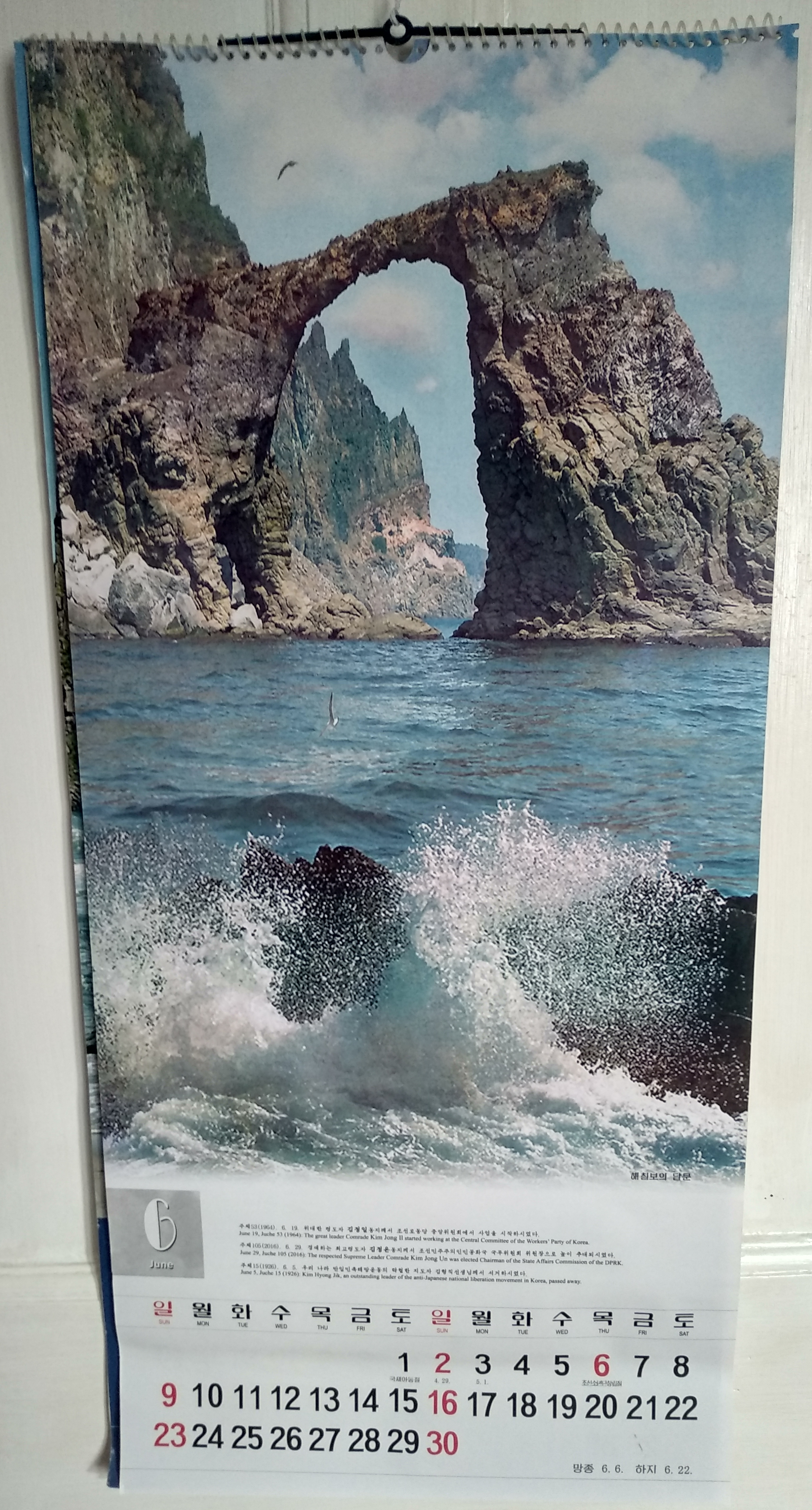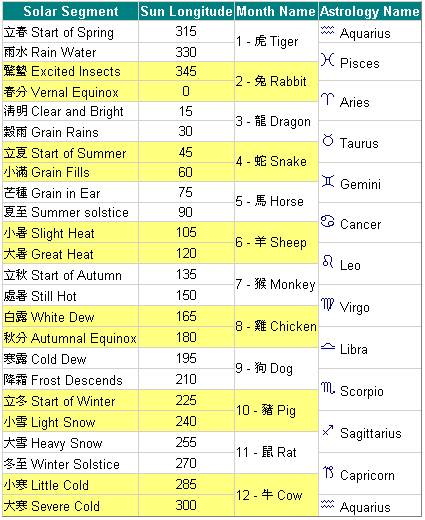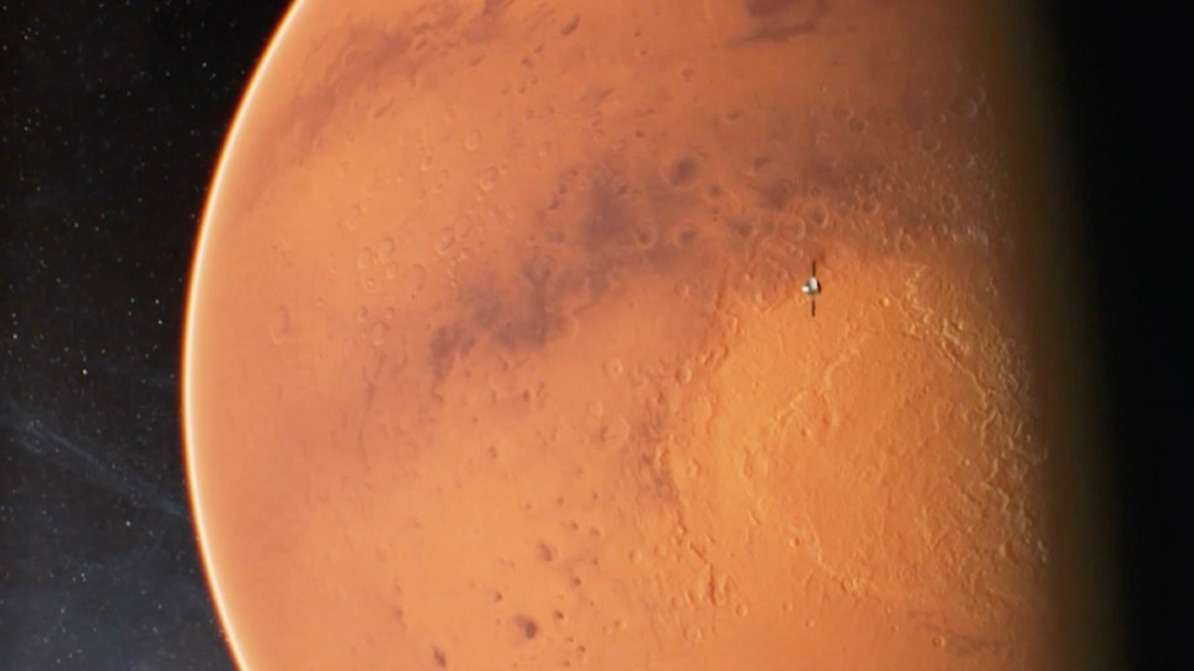Understanding the Darian Calendar: A Unique Timekeeping System
Table of Contents
- 3 months of calendar pictures from the Voice of Korea! – The Girl with ...
- China's Mars exploration goes far beyond: Chief Designer - CGTN
- MARS - Biodata, Profil, Fakta, Member, Ulang Tahun, Tanggal Lahir, Posisi
- Pin by Nihil on K | Learn korean, Learn basic korean, Learn hangul
- Pin by Wong Wai Xiuan on language | Korean words, Korean language ...
- Learning Chinese Calendar - The Connection of Chinese Astrology and ...
- Months in Korean | Koreabridge
- Like many other East Asian countries, Korea traditionally followed a ...
- Days 2 | Учить корейский, Корейский язык, Учебные заметки
- MARS Image #300854 - Asiachan KPOP Image Board



Key Features of the Darian Calendar




How the Darian Calendar Works



Advantages and Disadvantages of the Darian Calendar
The Darian calendar has several advantages, including: It is designed specifically for use on Mars, taking into account the planet's unique astronomical characteristics It is a practical and efficient timekeeping system, with a simple and intuitive design It has the potential to be used in future Mars missions, providing a standardized system for tracking time However, the Darian calendar also has some disadvantages, including: It is a relatively new and untested calendar system, with limited practical experience It may be difficult to implement and use, particularly for those who are not familiar with the Martian solar year and the calendar's unique features The Darian calendar is a unique and innovative approach to timekeeping, designed specifically for use on Mars. While it has several advantages, including its practical and efficient design, it also has some disadvantages, including its limited practical experience and potential difficulties in implementation. As we continue to explore and learn more about Mars, the Darian calendar has the potential to play an important role in future missions and settlements on the Red Planet.References: Darian calendar - Wikipedia
Note: This article is written in HTML format, with header tags (h1, h2) and paragraph tags (p) to structure the content. The article also includes a link to the Wikipedia page on the Darian calendar, which provides additional information and resources on the topic. The article is optimized for search engines, with relevant keywords and phrases included throughout the text.